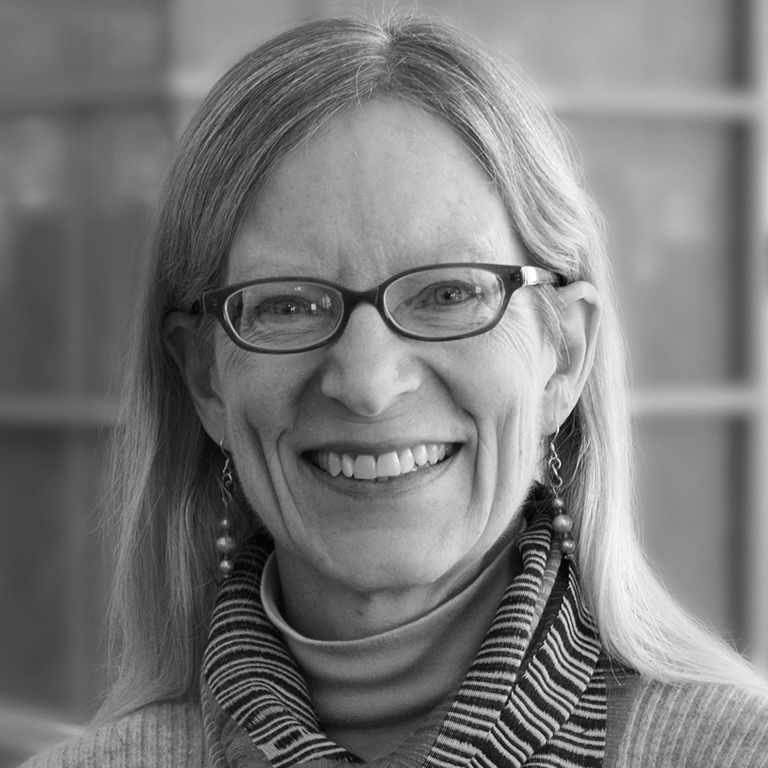Manon Voice is a poet and contributor to the Center for Humans and Nature. This essay was originally published by the Center for Humans and Nature as part of their Questions for a Resilient Future Series: How do we create communities to which all of us can belong? To read more responses to this question and to share your thoughts, please visit humansandnature.org
Original essay can be found here: https://www.humansandnature.org/belonging-to-our-bodies
Some time ago, a dear friend of mine and a woman who holds great wells of wisdom, Ra Martin, said to me, “there are no safe places in the world any more, only safe people.” I do not recall the original context of our conversation that evoked such profundity, but the weight of these words has stayed with me over the years, and in the passing of time, these words have only become heavier in their veracity. In the present apocalyptic era we have entered, these words feel not only oracular but even instructional. As I write, the entire planet is ravaged by a pandemic known as COVID-19, there are wildfires in many of our western states like California, Oregon, Washington, and Arizona and daily hurricane threats upon the Southern coasts of the United States. The sundry cities of this country have seen their own trauma in response to the racial injustices that have long surpassed the threshold of being tolerable. This summer, I walked around the downtown of my hometown of Indianapolis, Indiana, and saw many of the places that were once staples of the city now boarded up due to the flooding of anguish that has seized our community and hopefully, our attention.
There are no safe places.
It is undeniable that no matter what part of the globe you live in, every one of us has been impacted this year in one way or another. Not one of us has been able to hide from the vulnerability of experiencing this experience. Even the rich in their mansions and gated communities have had to succumb to the threat of a collapsed economy, fear and anxiety, sickness, dying loved ones, isolation, and at minimum, thwarted plans. These staggering troubles of our time have undoubtedly affected the most vulnerable communities of elderly, impoverished, and Black and Brown folk, but it seems that very few places on the planet, if any, have gone completely unscathed.
When I think of safe places, I think of the places that bring us a sense of protection, comfort, belonging, and shelter. For many of us, these have been the homes of loved ones, these have been our churches, mosques, synagogues, retreat centers, yoga rooms, gyms, social clubs, lounges and favorite restaurants, coffee shops, and even our workplaces. And yet, many of us have had to spend less time at the physical localities we once deemed our “safe places.” We have had to isolate, to sink down, and quarantine in our own rooms and our own houses. And in many ways, we might dare to say that we have even been pulled down inside the ground of our own bodies. The word humility finds its origin in the Latin word, humus which means earth, soil, and ground.
It makes sense to me that when the body does not feel safe, it responds to the danger being perpetuated against it as a means of survival. This is science. In all of today’s prolific literature on trauma, we are mostly all familiar with the “flight or fight” reactionary responses to threat. The anger and the rage have to go somewhere and for people that look like me, this conundrum is a daily reality.
The day after the George Floyd murder, my body was on fire. Rage had a name, a personality and a history. I felt as if it would lift me out of my bones and rocket me into an oblivion of utter despair. I remember not feeling fully of sound mind but having a wise part of my brain tell me that I needed to go outside and walk, to ground, and to move the energy in my body. And I did. I walked the sidewalks of my neighborhood that evening, pulsing with red, exasperated and heartbroken that another Black person in this country had been senselessly murdered. The next day, I went to my therapist’s office and trembled in my chair as I tried to helplessly articulate my state of mental and physical discombobulation. She helped to ground me in that moment, taking me through a series of somatic exercises with the aim of returning me to a state of regulation. As someone who has been a recipient of somatic therapy for some time now, I am very familiar with the impact of trauma on the autonomic nervous system, and I know how PTSD can hide and live in our very cells. Even though I understood this in theory, and I have even experienced a tremendous amount of healing with the use of this modality, I was not prepared for the sudden onslaught that felt like it was more than I could cope with. Over the next days and weeks, I kept experiencing a repeated series of this anguish and rage that would hijack my mind and pulverize my bodily coordinations.
When I stumbled on the work of Resmaa Menakem, healer, author, and trauma specialist, he made sense out of the fragmented world I was experiencing. His term “racialized trauma” provided me with the specific context I needed to understand my experience, and he illuminated for me how trauma can be transmitted through fourteen generations and thus, it was no doubt, that I wasn’t just experiencing my own trauma, but also that of my mother, father, grandmothers, grandfathers, and great-grandmothers and great-grandfathers, and further forebears, all Black and Indigenous folks who existed upon this land as subjects of perpetual, unspeakable violence and brutality. To quote another equally formidable Black author and scholar, Ta-Nehisi Coates says it best when he speaks of racism as a systemic weaponry upon the Black body:
There is nothing uniquely evil in these destroyers or even in this moment. The destroyers are merely men enforcing the whims of our country, correctly interpreting its heritage and legacy. This legacy aspires to the shackling of black bodies. It is hard to face this. But all our phrasing—race relations, racial chasm, racial justice, racial profiling, white privilege, even white supremacy—serves to obscure that racism is a visceral experience, that it dislodges brains, blocks airways, rips muscle, extracts organs, cracks bones, breaks teeth. You must never look away from this. You must always remember that the sociology, the history, the economics, the graphs, the charts, the regressions all land, with great violence, upon the body. And should one live in such a body? What should be our aim beyond meager survival of constant, generational, ongoing battery and assault? I have asked this question all my life.[1]
How do I live in such a body? In all of this trauma work, and revisiting the past, and dealing with the current collapses, it suddenly occurred to me in a very real and visceral way that a vital part of liberation for Black, Indigenous and people of color is building safety within our own fleshly containers. We need to know our own bodies as safe, loved, valued, and precious in a world that is constantly threatening those very vital elements of our survival. I realized that I needed to re-establish as much safety in my body as humanly possible even amidst the genocide happening outside my doors, and I needed to do this not in an effort to be polite and respectable for white supremacy, but for myself, for my own livelihood. I needed to get in touch with my rage, so that I would not implode and self-destruct. I also value Resmaa’s work, because he addresses this same need for bodily healing in white people, he understands that the ugly legacies of racism have also imprinted those and the descendants of those by which it was subjected, and those who consciously or unconsciously continue to perpetuate it. He says:
We will not fix the problem of structural racism and racial violence in this country unless we heal the ways that racial trauma lives in our bodies. It will not happen. One thing that white people and white justice leaders are starting to understand is that there’s work to be done among white people—and that work has to be embodied. White people have got to start to lean into how to create culture around the abolition of white body supremacy. Not workshops, not book clubs, but culture.[2]
The work around undoing the racial trauma in our bodies is for all of us. As for me, these past few weeks, I’ve been letting my body feel what it feels. I get up in the morning and I get on the ground and I roll around, childlike and free. I breathe through the places that feel constricted or tense. I have not so much been following the guidance of other body-wise people like yoga or Pilates instructors as much as I have been letting my own body be my instructor. She is patient with me. She tells me where I am holding fear, or shame, or anxiety. As another kind of medicine, I have also let my body take up space in the Earth. I hike and sit amongst the trees. I lay in the grass on warmer days and listen to the cicadas. I walk around barefoot in my backyard. I sit next to the small body of water near my home and I close my eyes, stilled by its power.
As a Black person whose ancestors were enslaved and brought to a land not their own, to till it and work it at the expense of their own demise, I have had to reckon with the trauma that came from being imprisoned and tethered to land. Land was used as another kind of weapon of oppression and so allowing my body to revel in open fields or be among the trees feels like a reclamation of my heritage as belonging to this sacred Earth and the Earth calling me home, as a part of it. I am reminded how the prophets of my lineage, upon an angelic encounter, were ordered to take off their shoes and to acknowledge that the ground they stood upon was sacred because, lo, the Earth too is a body and we may be said to be a part of its very fabric.
The call back to our bodies does not minimize the distress happening within us or right outside of our doors but in fact it is coming home to it in a deeply honest way that allows us to develop a relationship with our pain and trauma that may transform us. With practice and imperfect commitment, our bodies can be habitations for the holy. We can learn to draw inward and downward in times of fear and rage. The word re-member has a connotation of physicality. It is reuniting the life within the members of our very bodies. Our bodies can be unified with the Divine image which we were made. We can remember ourselves as being sacred temples, where All that is Good may dwell and find repose. When we consecrate our bodies to be the ground of our healing work, and to lay down our swords and shields of avoidances and addictions, we will truly see a revolution that happens inside of our very beings.
In Western spirituality, we have largely neglected the sacredness of the body. We have deemed flesh as bad, as corrupted, and when most holy texts were referring to the carnal nature that entraps us all from time to time, they were referring to the lusts of the ego, and not so much the actual physical body. In essence, we can begin to call our bodies back. We can be tender with ourselves and our somatic wounds. We can work to become grounded and re-regulated in ways that feel healing and nurturing. And when we are safely embodied, others recognize it too. We become beacons for others who are drawn to our own sense of deep groundedness. We become safe people. We become safe places. The words of Toni Morrison from her book, Beloved, and the famous passage in which Baby Suggs, Holy, preaches her sermon, encapsulates this:
“Here,” she said, “in this here place, we flesh; flesh that weeps, laughs; flesh that dances on bare feet in grass. Love it. Love it hard. Yonder they do not love your flesh. They despise it. They don’t love your eyes; they’d just as soon pick em out. No more do they love the skin on your back. Yonder they flay it. And O my people they do not love your hands. Those they only use, tie, bind, chop off and leave empty. Love your hands! Love them. Raise them up and kiss them. Touch others with them, pat them together, stroke them on your face ‘cause they don’t love that either. You got to love it, you!”



